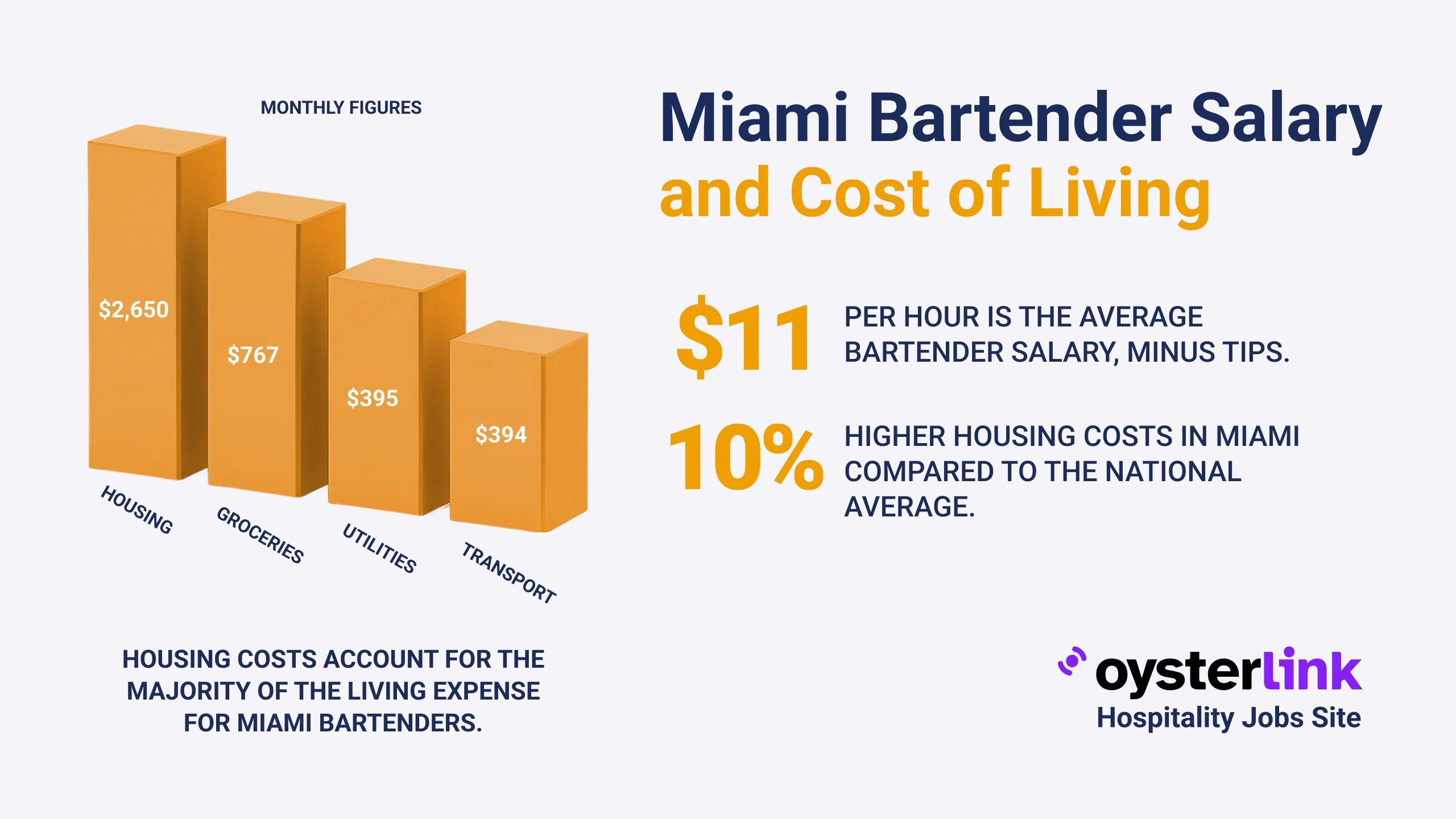Oregon, with its diverse landscapes and vibrant cities, has become an attractive destination for many. Understanding the cost of living in this state is crucial for both current residents and those considering a move. This article provides an in-depth analysis of various expenses associated with living in Oregon as of 2025.
1. Overview of Oregon's Economic Landscape
Oregon's economy is characterized by a mix of traditional industries like agriculture and forestry, alongside burgeoning sectors such as technology and manufacturing. The state's strategic location on the West Coast facilitates trade and commerce, contributing to its economic growth.
Population Growth and Demographics
Over the years, Oregon has experienced steady population growth:
- 2010: Approximately 3.8 million residents.
- 2015: Increased to around 4.0 million residents.
- 2020: Further growth to about 4.2 million residents.
- 2024: Reached approximately 4.3 million residents.
- 2025: Estimated at 4.35 million residents.
This growth has implications for housing demand, infrastructure, and public services.
2. Housing Costs
Housing is a significant component of living expenses. The Fair Market Rent (FMR) for a one-bedroom apartment in Oregon has evolved as follows:
- 2010: Approximately $800 per month.
- 2015: Increased to around $900 per month.
- 2020: Further rise to about $1,100 per month.
- 2024: Reached approximately $1,350 per month.
- 2025: The average rent for a one-bedroom apartment is $1,410 per month. Source
These figures indicate a consistent upward trend in rental prices, influenced by factors such as population growth and housing demand.
3. Transportation Expenses
Transportation costs in Oregon encompass public transit, fuel prices, and vehicle maintenance. The average monthly expenditure on transportation has been:
- 2010: Approximately $300.
- 2015: Increased to around $350.
- 2020: Further rise to about $400.
- 2024: Reached approximately $450.
- 2025: The average monthly transportation cost is $475.
These costs reflect both urban and rural transportation needs, including public transit availability and fuel price fluctuations.
4. Healthcare Costs
Healthcare expenses are a vital consideration for residents. The average annual healthcare expenditure per person in Oregon has been:
- 2010: Approximately $5,500.
- 2015: Increased to around $6,000.
- 2020: Further rise to about $6,500.
- 2024: Reached approximately $7,000.
- 2025: The average annual healthcare cost per person is $7,200.
These figures highlight the rising cost of medical services and health insurance premiums.
5. Utilities and Energy Costs
Utility costs in Oregon include electricity, heating, cooling, water, and garbage services. The average monthly utility bill has been:
- 2010: Approximately $150.
- 2015: Increased to around $160.
- 2020: Further rise to about $170.
- 2024: Reached approximately $180.
- 2025: The average monthly utility cost is $185.
Oregon's utility costs are slightly lower than the national average, partly due to the state's emphasis on renewable energy sources. Source
6. Grocery and Food Expenses
Grocery prices in Oregon have seen the following trends:
- 2010: Approximately $300 per month.
- 2015: Increased to around $320 per month.
- 2020: Further rise to about $340 per month.
- 2024: Reached approximately $360 per month.
- 2025: The average monthly grocery cost is $370.
These costs are about 5% higher than the national average, reflecting regional pricing variations. Source
7. Education and Childcare Costs
Education and childcare expenses are significant considerations for families. The average annual cost of childcare in Oregon has been:
- 2010: Approximately $9,000.
- 2015: Increased to around $10,500.
- 2020: Further rise to about $12,000.
- 2024: Reached approximately $13,500.
- 2025: The average annual childcare cost is $14,000.
These rising costs underscore the importance of budgeting for families with young children.
8. Entertainment and Leisure Costs
Oregon offers a variety of entertainment options, from outdoor activities to cultural events. The average monthly expenditure on entertainment has been:
- 2010: Approximately $200.
- 2015: Increased to around $220.
- 2020: Further rise to about $240.
- 2024: Reached approximately $260.
2025: The average monthly entertainment cost is $275.
These figures include dining out, recreational activities, movie tickets, and cultural events.
9. Taxes and Minimum Wage
Oregon's tax policies and minimum wage rates have evolved over time:
- 2010: Minimum wage was $8.40 per hour.
- 2015: Increased to $9.25 per hour.
- 2020: Rose to $11.25 per hour.
- 2024: Reached $13.50 per hour.
- 2025: The current minimum wage is $14.20 per hour. Source
Oregon does not impose a state sales tax, which provides some financial relief for residents.
10. Quick Takeaways
- Oregon's cost of living is approximately 8% higher than the national average.
- Housing costs have increased significantly, with rent for a one-bedroom apartment averaging $1,410 in 2025.
- Transportation and healthcare costs have seen steady growth, impacting affordability.
- Grocery prices are about 5% higher than the national average.
- The state’s minimum wage continues to rise, helping offset living expenses.
11. Conclusion
Oregon remains an attractive state to live in, offering natural beauty and economic opportunities. However, the rising cost of living, particularly in housing and healthcare, presents challenges. While minimum wage increases help, managing expenses wisely is essential for long-term financial stability. Whether you're considering relocating or adjusting your budget, staying informed about cost trends will be key to financial success in Oregon.

.png)

.png)
.png)